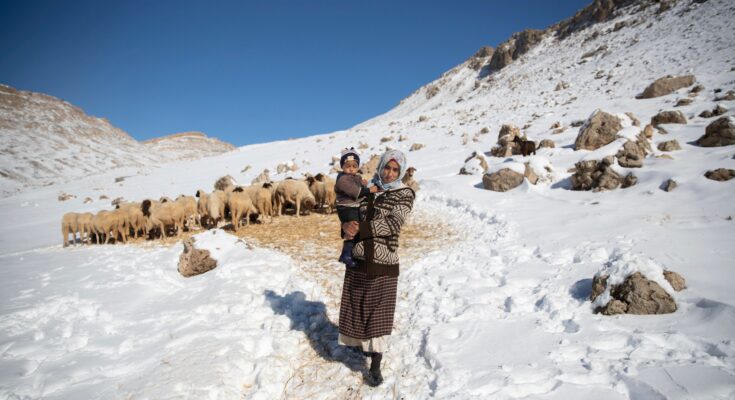Africa, a continent widely known for its diverse terrain and pleasant temperatures, might not be the first place that comes to mind when one thinks of snow. Still, a lot of people find the unique weather patterns of this vast continent surprising. In this article, we will crack the code:
Is snowfall common in Africa? We’ll also go over 10 crucial facts and information that everyone should know about snowfall in Africa.
1. The Snowy Peaks of Kilimanjaro:
There sits Mount Kilimanjaro, the highest mountain in Africa. Despite being near the tropics, Kilimanjaro unexpectedly experiences snowfall. The glaciers and snow on top of the summit give the surrounding landscape an unearthly look.
⇒Join us on Telegram for more Sure and Accurate football-winning tips every day...click here
2. Atlas Mountains, Morocco:
The Atlas Mountains in Morocco receive snowfall during the winter. The beautiful sight of the peaks, especially Jebel Toubkal, covered in a layer of snow every few years attracts adventurers and nature enthusiasts.
3. Snowfall in South Africa:
In South Africa, snowfall occurs frequently. The Eastern Cape and Lesotho parts of the Drakensberg Mountains receive a lot of snowfall throughout the winter season. This occurrence transforms the region into a winter wonderland.
4. Mountains of Simien, Ethiopia:
The climate of Ethiopia’s Simien Mountains is chilly, with regular snowfall throughout specific seasons of the year. This UNESCO-designated national park showcases the range of climates in Africa.
5. Snow falls in Algeria.
Even though Algeria’s Sahara region is known for its extreme heat, certain areas—like the Kabylie Mountains—get precipitation in the winter. This unanticipated climatic phenomenon adds a lovely touch to the arid landscapes.
6. The Significance of Altitude
An essential component influencing snowfall in Africa is altitude. Snowfall is more likely at higher altitudes because the temperatures are typically lower there, such as in mountainous places.
7. Season-Based Differences:
Snowfall occurs in wintertime in Africa, primarily during specific seasons. Snowfall typically peaks in the Northern Hemisphere in December–February and in the Southern Hemisphere in June–August.
8. Tourist Attractions:
Unexpected places, like Kilimanjaro and the Atlas Mountains, have experienced snowfall, turning them into well-liked travel hubs. Travelers gather to witness the unusual sight of snow in Africa’s core.
9. Regional Impacts:
In places where snowfall occurs more frequently, like the Drakensberg Mountains in South Africa, it has a tangible impact on the local population. It affects agricultural practices, water resources, and a distinct way of life in the winter.
10. The Effects of Changing Climate:
Climate change is affecting weather patterns all throughout the world, but especially in Africa. Differences in temperature and precipitation can affect the amount and frequency of snowfall in various regions of the continent.
To sum up:
Though its warm climates are well-known, snowfall in a few of Africa’s places best illustrates the continent’s diverse and surprising weather patterns. The fact that snow falls in Africa gives the continent’s varied array of natural beauties—which include the well-known summits of Kilimanjaro and the unexpected views of snow-covered landscapes in South Africa and Morocco—an even greater dimension. Keep these crucial points in mind to completely enjoy the grace and uniqueness of Africa’s wintry landscape.




